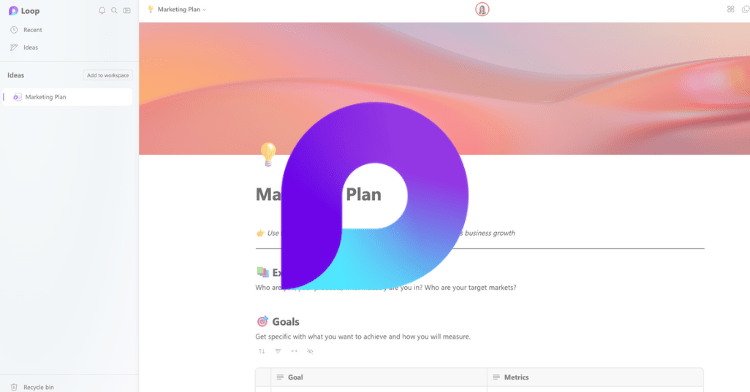At Quisitive, we regularly meet with customers who have concerns about security. It seems that we are bombarded daily with news stories regarding Malware and/or ransomware. With the constant level of threat, it’s no surprise that companies are looking for ways to meet rising security concerns in order to avoid a costly disaster.
To address these concerns in the case of Microsoft 365 and Azure security, we start with a Workplace Modernization Assessment where we ask questions that expose gaps in an organization’s security. Our goal is to poke as many holes as possible so we can provide feedback and advice on how to improve.
From there, we provide customers with recommendations catered to their specific organizational and industry needs. In this article, I’m going to share our most common scenarios and recommendations to provide insights into how Microsoft 365 and Azure’s native features can improve security and compliance for your organization.
E3 vs E5 Licensing Upgrades
When organizations sign up for their Office 365 licenses, it’s not uncommon for them to select the mid-tier option, Office 365 E3. This license includes business services such as email, file storage and sharing, Office for the web, meetings, and IM, as well as limited security and compliance capabilities.
So why upgrade to E5 licenses for your organization’s users? It comes down to the additional robust security features that it brings to Microsoft 365. Here are just a few of the added and improved security features that come with the E5 license:
- Privileged Identity Management – Gain a better overview provides Just-In-Time access to privileged accounts and virtual machines, meaning
- Risk Based Conditional Access – Limit data access based on location, device, user state, and application security
- Machine Learning-based detection of suspicious patterns of data access – Leverage larger Azure touchpoints for risk identification and identify abnormal data access patterns that might indicate malware
- Contextual Multi–Factor Authentication Challenges – Ensure multi-factor authentication is set up for your users. Multi-Factor Authentication should be a primary area of focus for all organization because it adds an extra layer of security, requiring the user to provide two or more areas of identity using PINS, Smartcards fingerprints, retina scans, or voice recognition.
- Microsoft Cloud App Security – Limit cloud app usage by user, device, or location and better secure potentially weak SaaS apps
- Data Classification – Classify and label data based on sensitivity and identify data in files that are potentially dangerous
Enable Security Default Features in Azure AD
Azure Active Directory (Azure AD) is Microsoft’s cloud-based identity and access management service, which helps your employees sign in and access resources in external resources, such as Microsoft 365 or the Azure Portal, as well as internal resources, such as apps on your corporate network and intranet. This a common choice for boosting Azure security.
When using Azure AD, we recommend our clients turn on the security default features that come with Azure Active Directory. This includes features like requiring multi-factor authentication for all users, blocking legacy authentication protocols, and protecting privileged activities such as access to the Azure portal.
Activating these features is a quick way to get started on the road to improving security in your organization with minimal experience.
Governance Documentation
An easy step towards creating a more secure environment for your organization is proper governance documentation. This documentation is your organization’s toolkit – it should identify processes for handling security risks, including key frameworks for managing issues and who to turn to when a problem arises.
A detailed governance document means that your organization always has a plan and won’t waste precious time forming one if and when a threat is detected. You are able to jump into action and resolve the issue before it grows worse. Keeping your governance documentation up-to-date and accessible is key to further protecting your organization.
Train Your Teams
Technology is only part of the equation. It’s important to remember that the technology is only effective when your people know how to use it to its full potential.
Knowledge sharing is key to protecting both employees and the business from security incidents and potentially, security breaches. We recommend that organizations spend appropriate time and resources to educate their employees, whether through training courses online or workshops with a partner like Quisitive. These efforts make all the difference when your employees encounter phishing attempts or other potential threats.
I hope you’ve learned a few ways that you can begin to improve Microsoft 365 and/or Azure security for your organization and gain some peace of mind.

;)


